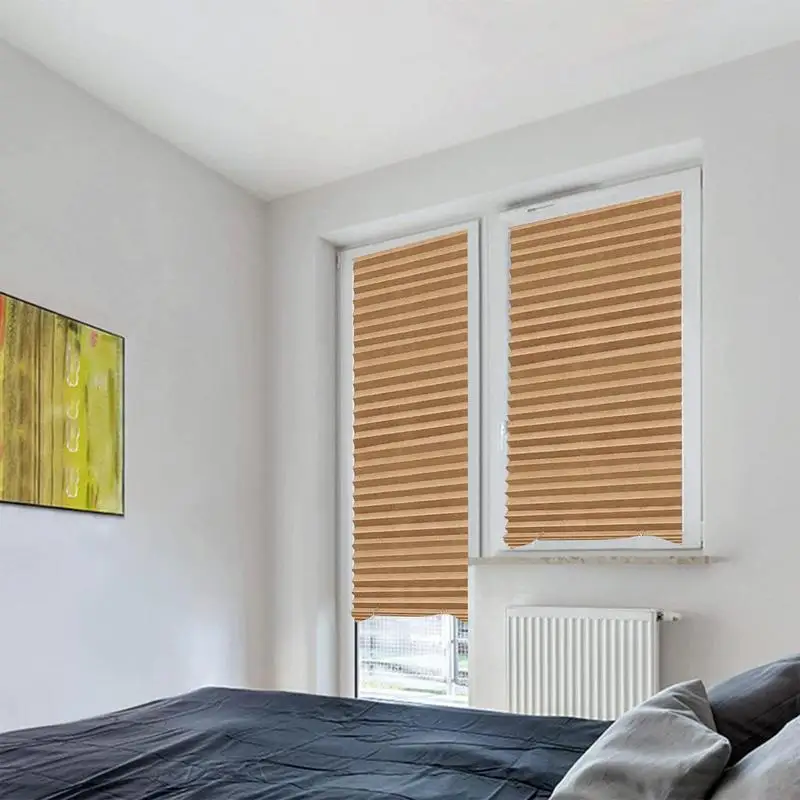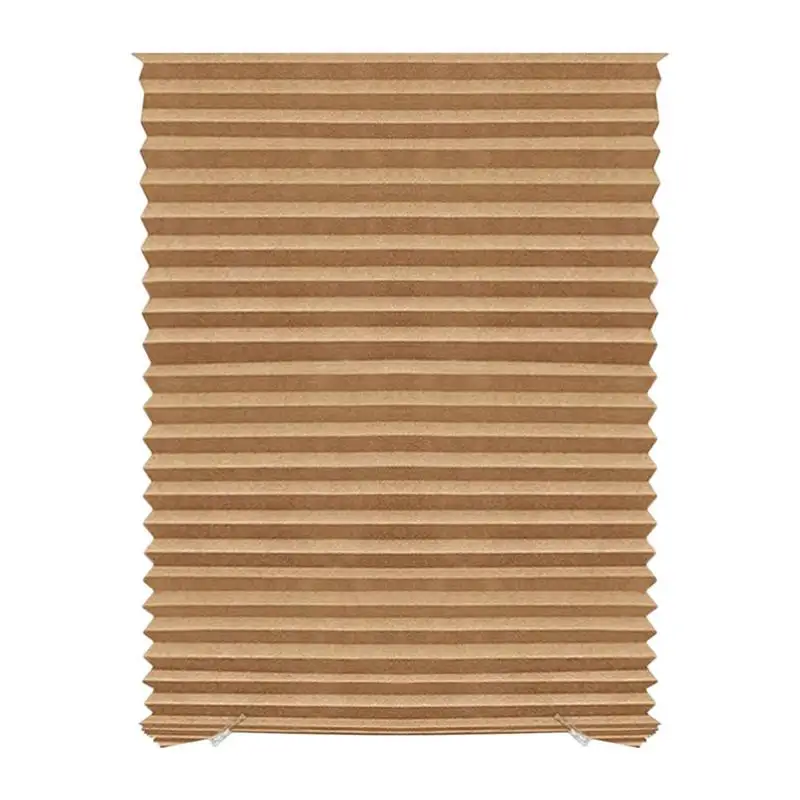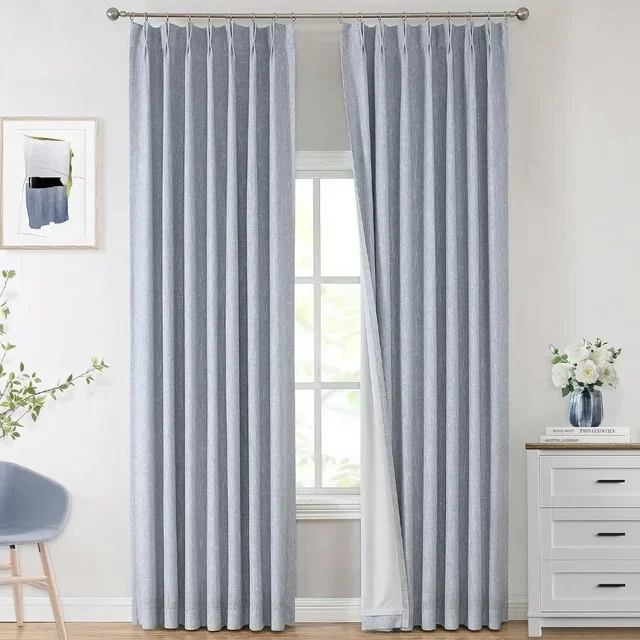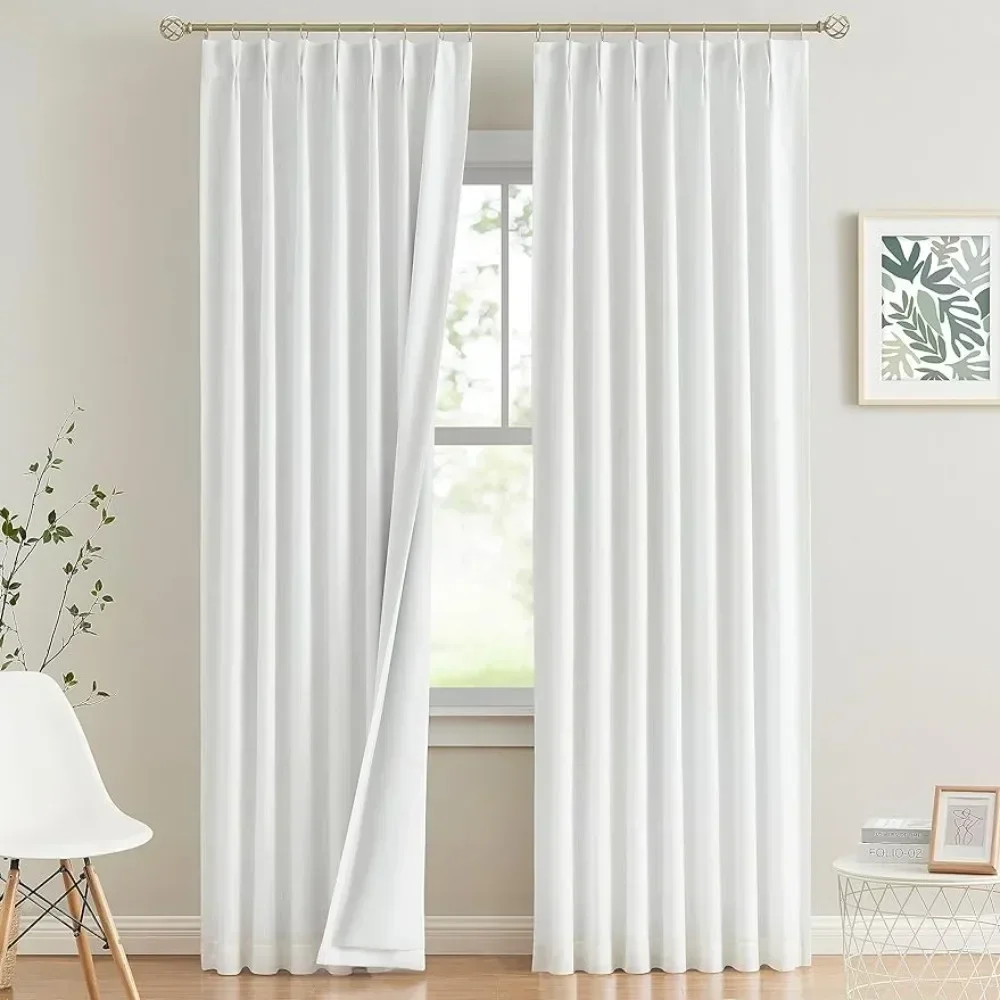Blinds are an essential part of home décor, providing both privacy and control over the amount of natural light that enters a room. However, not everyone finds operating them straightforward. If you’ve ever struggled to pull down your blinds or found yourself frustrated by their mechanisms, you’re not alone. This article will serve as a comprehensive guide on how to pull down blinds easily and efficiently, ensuring you get the most out of this versatile window treatment.
Understanding the Different Types of Blinds
Before learning how to pull down blinds, it’s essential to understand that there are various types of blinds, each with its unique mechanism. The most common types include:
- Roller Blinds: These blinds use a rolling mechanism and are often operated by a chain or a spring-loaded system.
- Venetian Blinds: Made of horizontal slats, these blinds are lifted and lowered using cords or wands and can be tilted to control light.
- Roman Blinds: These fabric blinds fold elegantly when raised and use cords or chain mechanisms.
- Cellular or Honeycomb Blinds: These blinds have a cellular structure designed for insulation and are typically operated with a cord or cordless system.
Understanding which type of blinds you have will help you to operate them correctly and troubleshoot any issues that arise.

The Basic Anatomy of Blinds
Most blinds consist of several key components that work together to allow easy operation. These components include:
- Headrail: The top part of the blind that houses the operating mechanism.
- Slats or Fabric: The material that makes up the body of the blind, which can be tilted, raised, or lowered.
- Lift Cords or Chains: These are used to raise or lower the blinds.
- Cord Lock: A mechanism that holds the blinds at the desired height.
- Tilt Mechanism: For blinds with adjustable slats, this mechanism allows you to change the angle of the slats.
Familiarize yourself with these components, as understanding their functions will make operating the blinds much easier.
How to Pull Down Roller Blinds
Roller blinds are one of the easiest types to operate. They usually feature a chain loop or a spring-loaded mechanism. Here’s a step-by-step guide on pulling them down:
- Identify the Operating Side: Roller blinds typically have a chain or pull cord on one side of the blind.
- Secure the Chain: Hold the chain firmly and pull it downward slowly and steadily.
- Use Steady Pressure: If the blind uses a spring mechanism, apply a smooth, consistent pressure to avoid jerking, which can cause the blind to roll up uncontrollably.
- Lock in Place: Once the blind is at your preferred height, release the chain or cord slowly to engage the locking mechanism, which holds the blind in place.
Always pull the chain or cord at a controlled pace to avoid damaging the interior mechanism or causing the blind to skew.
Operating Venetian Blinds: Easy Steps for Efficiency
Venetian blinds are popular due to their versatility in controlling light. They have a simple yet effective mechanism involving cords and wands. To pull them down, follow these steps:
- Locate the Lift Cord: This is usually found on one side of the blind.
- Release the Cord Lock: Typically, pulling the cord slightly towards the center of the window will release the lock.
- Lower with Care: Slowly lower the blind by easing the cord to your desired height.
- Lock the Blinds: To lock the blinds in place, pull the cord outward towards the side of the window until it catches and holds.
Remember, Venetian blinds also have a tilt mechanism, often operated by a wand or a secondary cord, to adjust the slats for light control.
Dealing with Roman Blinds: Simple Tips for Elegant Solutions
Roman blinds offer a touch of elegance and are relatively straightforward to operate. Here’s how to pull them down:
- Find the Pull Cord or Chain: This is usually located on one side of the blind.
- Release the Cord Lock: Gently pull the cord towards the center to release the lock.
- Smooth Operation: Gradually lower the blind to the desired height, ensuring the fabric folds do not become tangled.
- Lock in Position: To lock the blind in place, pull the cord outward towards the side of the window.
Roman blinds might require occasional adjustment to ensure the fabric folds neatly and the cords remain untangled.
Cellular or Honeycomb Blinds: Ensuring Efficient Operation
Cellular or honeycomb blinds are recognized for their energy efficiency and ease of use. Here’s how to pull them down:
- Locate the Cord or Handle: Some cellular blinds have a cordless system, operated by a handle on the bottom rail, while others use a cord.
- Smooth Motion: If using a handle, simply pull it down gently. For corded systems, release the cord lock by pulling towards the center.
- Lower with Care: Lower the blind smoothly, ensuring the honeycomb cells do not get compressed unevenly.
- Secure in Place: If there is a cord, lock it in place by pulling outward towards the side.
Cellular blinds are usually easy to manage, but it’s important to handle them gently to maintain the structure of the cells.
Troubleshooting Common Issues
Operating blinds should be straightforward, but sometimes issues may arise. Here’s how to troubleshoot common problems:
- Blinds Won’t Lower: Check if the cord is tangled or caught within the mechanism. Gently untangle and try again.
- Blinds Lower Unevenly: Ensure that the blind is correctly aligned within the window frame. Adjust the cord or chain to even out the slats or fabric.
- Stiff Mechanism: Apply a small amount of silicone spray to the moving parts to lubricate the mechanism.
- Blinds Won’t Lock: Ensure you are pulling the cord or chain correctly to engage the lock. If the problem persists, the locking mechanism may need to be replaced.
Common issues often have simple solutions, so don’t despair if your blinds don’t immediately cooperate.

Maintenance Tips for Longevity
To ensure your blinds remain in good working condition for years to come, regular maintenance is key. Follow these tips:
- Regular Cleaning: Dust your blinds regularly using a microfiber cloth or a vacuum cleaner with a brush attachment. For deeper cleaning, follow the manufacturer’s guidelines.
- Inspect Mechanisms: Periodically check the cords, chains, and locks for wear and tear. Replace any damaged parts promptly.
- Avoid Excess Moisture: Blinds can degrade if exposed to excessive moisture. Use damp cloths sparingly and ensure the blinds dry completely.
- Lubricate Moving Parts: Apply silicone spray to the moving parts of the blind’s mechanism to keep them operating smoothly.
Proper maintenance can extend the life of your blinds and keep them functioning as intended.
Safety Considerations
Safety is paramount when operating blinds, especially in households with children and pets. Consider these safety tips:
- Cord Safety: Install cord cleats or tension devices to keep cords out of reach of children and pets.
- Cordless Options: Consider upgrading to cordless blinds, which are not only safer but also provide a sleek, modern look.
- Regular Inspections: Regularly check for any damage or wear and tear that could pose a safety hazard, such as frayed cords or loose brackets.
- Child Safety Devices: Many modern blinds come with built-in child safety mechanisms. Ensure these are in good working order.
Implementing these safety measures can prevent accidents and ensure a secure living environment.
Benefits of Motorized Blinds
For those seeking ultimate convenience and modern functionality, motorized blinds are an excellent option. These blinds can be operated with a remote control, smartphone app, or even voice commands through smart home systems. Here are the benefits:
- Ease of Use: With motorized blinds, you can adjust your window treatments without having to physically handle them.
- Energy Efficiency: Automated blinds can be programmed to open and close at specific times, helping to regulate indoor temperatures and reduce energy costs.
- Enhanced Security: Automating your blinds can simulate occupancy while you’re away, adding an extra layer of security to your home.
- Luxury and Convenience: Motorized blinds offer an upscale look and feel, enhancing the overall aesthetic and functionality of your space.
While motorized blinds require a higher initial investment, their benefits in terms of convenience and efficiency can be well worth it.
Deciding on the Right Blinds for Your Home
Choosing the right blinds involves considering several factors, including the room’s purpose, your personal style, and practical needs. Here are some considerations:
- Room Functionality: For bedrooms, consider blackout blinds that offer complete privacy and darkness. For kitchens, opt for easy-to-clean materials.
- Aesthetic Appeal: Choose blinds that complement your home’s décor. Wooden Venetian blinds add a classic touch, while Roman blinds exude elegance.
- Ease of Use: If convenience is a priority, consider cordless or motorized options.
- Budget: Determine your budget and find blinds that offer the best balance of price, quality, and features.
By carefully considering these factors, you’ll be able to select blinds that enhance both the functionality and aesthetics of your home.

Conclusion: Mastering Blinds Operation
Learning how to pull down blinds effectively is a useful skill that ensures you make the most of this versatile window treatment. Whether you have roller blinds, Venetian blinds, Roman blinds, or cellular blinds, understanding the mechanisms and best practices for operation can make a significant difference. With regular maintenance, safety considerations, and possibly even upgrading to motorized options, you can enjoy the full benefits of your blinds while enhancing the comfort and appeal of your home.
By following the steps outlined in this comprehensive guide, you can ensure your blinds operate smoothly and efficiently, providing both privacy and style to your living spaces. With a little care and attention, your blinds can remain a functional and attractive part of your home for years to come.








